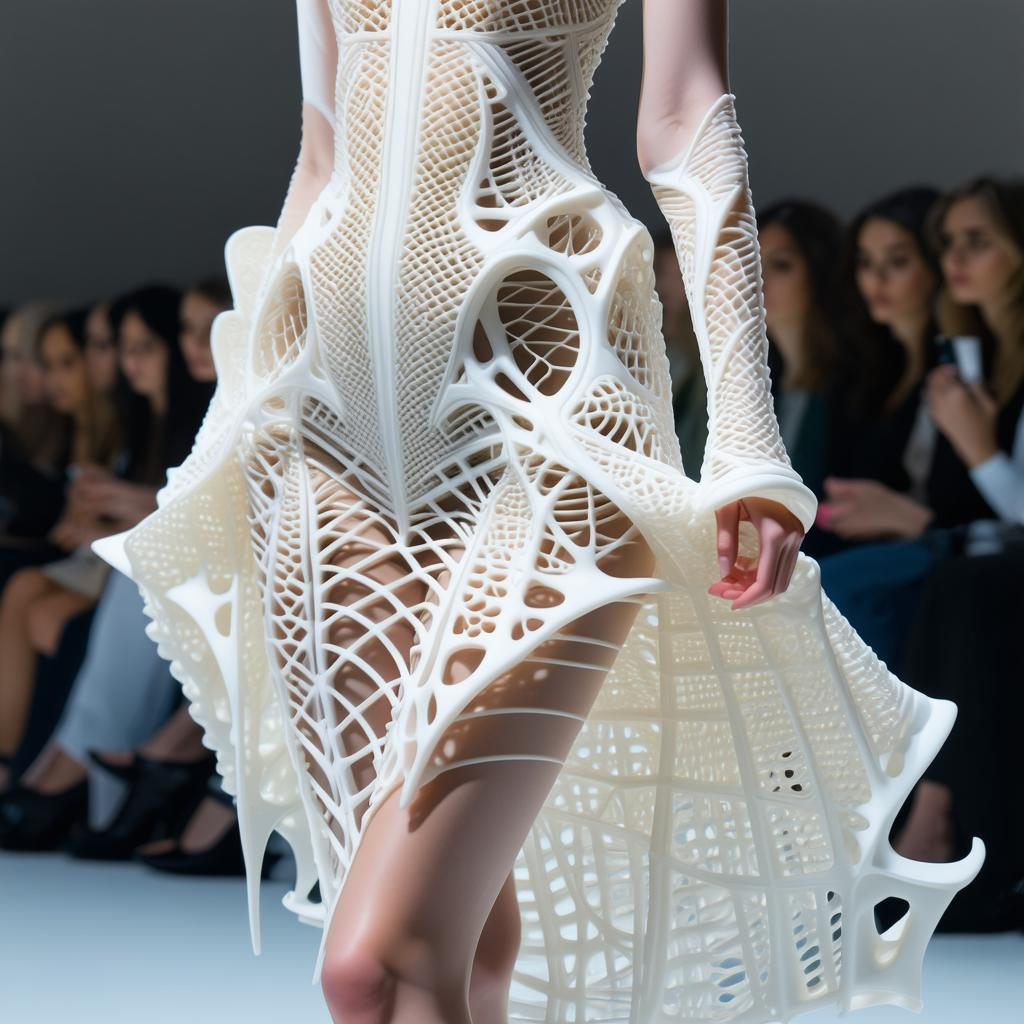The Rise of Virtual Fashion Shows: A Digital Revolution on the Runway
In a world increasingly shaped by technological innovation, the fashion industry is no exception. Welcome to Virtual Fashion Shows: A Digital Revolution on the Runway, where traditional catwalks meet cutting-edge virtual reality (VR) and immersive experiences. By 2025, virtual fashion shows are more than just a trend—they are reshaping how global audiences engage with style, culture, and creativity.
As we step into this futuristic realm, let’s unravel how these digital catwalks are becoming the new normal, blending technology with artistry to redefine what it means to attend a runway show.
The Dawn of Virtual Catwalks: Redefining Fashion Presentations
For decades, fashion weeks in iconic cities like Paris, Milan, and New York have been the heartbeats of the industry. However, with the advent of VR and augmented reality (AR), these glamorous events are no longer confined to physical spaces. Virtual fashion shows have emerged as a revolutionary alternative, offering boundless opportunities for designers, models, and audiences alike.
What Are Virtual Fashion Shows?
Virtual fashion shows are digitally crafted runway events where models showcase designs in a fully immersive, 3D environment. These events can be experienced through VR headsets, AR apps, or live-streaming platforms, creating an interactive and global spectacle.
Imagine sitting on your couch while witnessing a model strut through a surreal digital landscape, her dress transforming with each step. It’s a futuristic vision that bridges the gap between creativity and accessibility.
Why Virtual Fashion Shows Are Gaining Momentum
The rise of virtual fashion shows stems from their unique ability to cater to modern demands while addressing longstanding challenges in the industry.
1. Accessibility for Global Audiences
Gone are the days when exclusive fashion events were limited to industry insiders. With virtual platforms, anyone with internet access can secure a front-row seat. This democratization of fashion allows designers to reach diverse audiences and expand their influence beyond traditional geographic constraints.
2. Sustainability and Cost Efficiency
Fashion has long grappled with sustainability concerns. Virtual shows eliminate the need for elaborate sets, international travel, and physical samples, significantly reducing the carbon footprint of events. For brands, this translates into cost savings without compromising on creativity.
3. Immersive Storytelling
Virtual environments allow designers to tell richer, more engaging stories. From ethereal underwater worlds to futuristic cities, digital runways provide a canvas limited only by imagination. This level of creativity captivates audiences in ways traditional shows cannot.
The Technology Behind Virtual Fashion Shows
1. Virtual Reality (VR) and Augmented Reality (AR)
Using VR headsets or AR-enabled devices, attendees can interact with collections in ways that feel personal and engaging. AR overlays even allow consumers to visualize how a garment might look on them, blurring the line between shopping and entertainment.
2. AI-Powered Models
Many virtual shows now feature AI-generated models. These digital creations can embody diverse body types, ethnicities, and styles, pushing inclusivity in an industry often criticized for its lack thereof.
3. Blockchain Integration
Blockchain technology ensures authenticity and transparency. Digital garments can be sold as NFTs (non-fungible tokens), offering consumers exclusive ownership rights while combating counterfeiting.
Challenges in the Virtual Runway Space
While virtual fashion shows are groundbreaking, they are not without challenges.
1. Technological Barriers
High-quality VR and AR experiences require advanced hardware and stable internet connections, which are not universally accessible.
2. Lack of Tangibility
Fashion is a tactile industry, and the inability to physically interact with garments can detract from the overall experience for some.
3. Resistance to Change
Traditionalists within the industry may view virtual shows as a gimmick, resisting the shift from physical to digital.
A Look at Iconic Virtual Fashion Shows
Balenciaga’s Afterworld
Balenciaga’s 2021 virtual show was a milestone, featuring an immersive VR game-like environment. Models roamed through a post-apocalyptic landscape, merging fashion with gaming culture.
The Fabricant’s Digital-Only Couture
The Fabricant, a pioneer in digital fashion, launched fully virtual collections, allowing consumers to buy and wear designs entirely in the digital realm.
Gucci’s AR-Powered Experience
Gucci embraced AR to create interactive runway experiences, enabling audiences to explore collections in real-time through mobile devices.
The Future of Fashion: Where Are We Headed?
By 2025, virtual fashion shows are expected to integrate even more advanced technologies, such as haptic feedback for a “touchable” experience and AI-driven personalization that tailors shows to individual preferences.
1. Personalized Runway Shows
Imagine receiving a notification about a fashion show curated specifically for your style preferences. AI will analyze your tastes and present collections that resonate with your personality.
2. Collaborative Virtual Spaces
Virtual fashion platforms may evolve into collaborative spaces where attendees can interact with designers, models, and fellow fashion enthusiasts.
3. Hybrid Events
The future may blend the best of both worlds—physical shows complemented by virtual elements, ensuring inclusivity without losing the magic of live events.
Engaging with the Virtual Fashion Revolution
For brands, the shift to virtual runways is not just a trend but a strategic imperative. Here’s how they can make the most of this revolution:
1. Invest in Tech Infrastructure
Brands must collaborate with tech companies to develop seamless and engaging virtual experiences.
2. Prioritize Inclusivity
Virtual platforms should celebrate diversity, showcasing a wide range of body types, ethnicities, and aesthetics.
3. Educate and Engage Audiences
To foster widespread adoption, brands must educate audiences about the benefits of virtual shows and provide user-friendly access points.
Closing Thoughts: Embrace the Digital Runway
The fusion of technology and fashion is opening doors to a more inclusive, sustainable, and imaginative industry. Virtual fashion shows are not just a response to the digital age but a celebration of its possibilities. Whether you’re a designer, a fashion enthusiast, or simply curious, now is the time to embrace this exciting evolution.
Let’s step boldly into this digital runway era—where fashion meets the future, and creativity knows no bounds.




